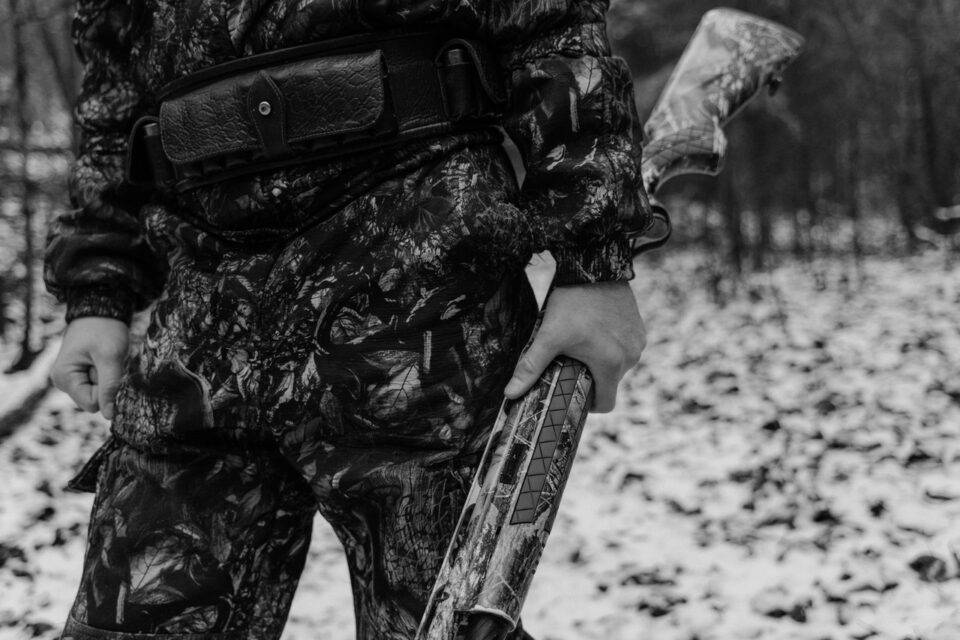
1) Location
This point is simple enough, you want to choose a plot of land that is far enough from town to ensure good hunting, but not so far that it makes hunting impractical. You will need to consider the regular costs of traveling and the costs of the ground you will buy. We recommend a location no further than three hours away. This way you will be able to wake early, hunt during daybreak, and still make it home after the hunt. This is a good idea for buying land that doesn’t already have a cabin. Another option would be to choose a location near a hotel or a motel, which is good for returning to track an animal in the morning.
2) Land Layout
When choosing the layout of the land, you will want to consider the human traffic as well as the animal traffic in the vicinity. If you plan on building a cabin, look for a level spot on high ground where it can be built. The best spot would also be on the side of the property where the access road is located. This way you will not disturb any of the wildlife that comes to your hunting grounds. Placing your cabin in the center of the grounds is not a good plan unless you have priorities that supersede hunting objectives. Furthermore, you may want to consider anything else you would like on your hunting grounds including food plots, access to machinery, etc. Get all that you need for your hunting ground at Surplus.net.
3) Food
The population of deer must be increased and this means they will need food and water. Within certain limitations, these can be added to your land. Food is more important, so begin by taking into account the trees that grow on this land. You will find it is easier to choose land plentiful in food than begin the arduous task of adding food sources later. If you want to attract Whitetail Deer, look for perennials, brushy shrubs, leafy vines, and low-hanging trees. Brushy vegetation makes up the largest part of the whitetail deer’s diet. Then some berries and fruits will grow sporadically throughout the year. Look for trees that have nuts, like hickory and acorn. Look around for those plants that gardeners and farmers would call weeds, these herbaceous broadleaf plants and flowers are other important food sources. Finally, grasses and grass-like plants make up the final important food group you would like to include on your land. You may also want to consider field food sources, for example, if there is a farm on an adjacent property.
4) Water
Water is an important factor in an advantageous hunting ground. It is certainly not a necessity but it can increase the amenities available to passing deer and other game. Water ponds can be built, but this involves the considerable inconvenience of hauling in water. Any costs of adding a water supply to your location will have to be factored into the costs of this hunting land.
5) Cover
Deer need cover during the day. A property replete with tall grass, thick swamps, or heavy bush provides this shelter for deer. If there are no tall grasses or brush, some trees near open fields can be hinged cut, which means cutting them about 4 feet from the ground. Groups of pine are also very attractive to deer as they have these low-lying branches and thick bedding of pine needles.
6) Game Sign
Naturally, you will want to look for the sign that the game inhabits that area. This can include buck scrapes, trails, and droppings. You may not see any game, but deer may only frequent the property during the night and spend their days on an adjacent property. If you get the chance to lay down some trail cameras before buying the property, you can get some solid proof of what type of animals to expect at this location.
7) Neighboring Property
Have a look at the neighboring properties. Are there hunters there? What sort of bows or rifles do they use? Do they drive deer? Are they practicing Quality Deer Management? Go on over and introduce yourself and take some time to ask them questions. Their experience hunting in that area can be important to your choice to buy this location or not.







